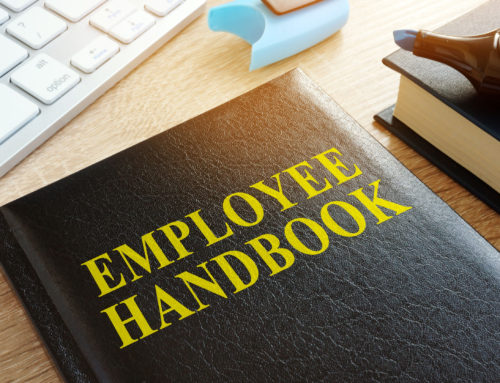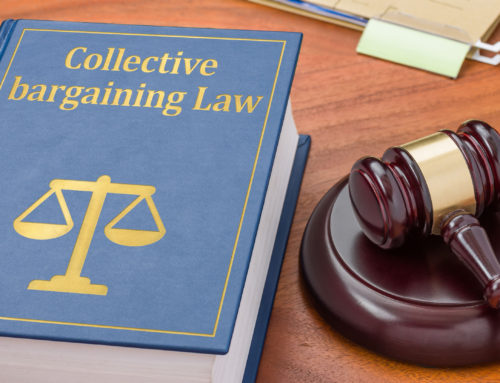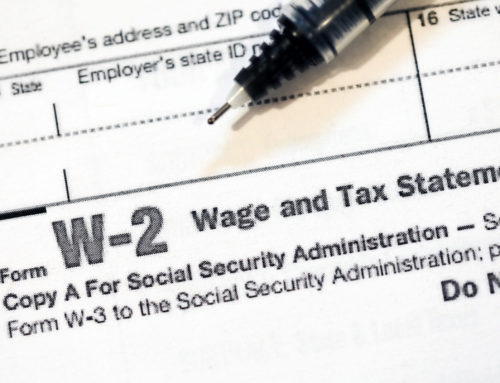As employers, you must always be mindful of the ever-present possibility of employee-driven litigation. It’s unfortunate, but it’s simply an inescapable aspect of modern business.
The best way to handle layoff litigation risk is to prevent it from happening in the first place. This is, of course, easier said than done, but it is possible. The key is to hire the right people, set the right expectations, and maintain consistency throughout the process.
- Hire The Right People, The Right Way.
Hiring the right people can avoid having to discipline or discharge bad hires. Getting the right people begins with using the right recruitment sources and the right paperwork. Use a legally compliant, tailored application form, proper forms for conducting background and reference checks, and a precise position description. Then, use lawful, effective interviewing and selection techniques.
- Communicate Your Policies.
Even smaller employers need to put their policies in writing. An employee handbook is the single best source for compiling all of an employer’s policies. Stand-alone memos also will be necessary from time to time to clarify or highlight particular polices. Properly drafted, an employee handbook and memos can help an employer carve out its rights and serve as a shield to employment law claims.
- Pay Employees Correctly.
State and federal wage and hour laws apply to nearly every employer. Employee lawsuits for violation of these laws are continuing to increase. The burden of proving compliance is on the employer, and the costs of litigating these cases can be astronomical. Thus, the best way to avoid the cost and interruption of such claims is to make sure employees are all paid in compliance with applicable laws.
- Address Employee Complaints.
According to the Harvard Business Review, employees usually complain first to their employer before they file charges, lawsuits, or other claims. Employers need to have a well-publicized, specific procedure for employees to express their complaints without fear of retaliation. Employers who fail to adopt such internal processes will see higher incidences of EEOC charges, wage and hour complaints, union activity, and other legal claims.
- Train Decision-Makers.
Managers and other decision-makers can be agents of the employer, and the employer may be liable for their violation of applicable laws or employee rights. Violations can occur both through actions and inaction or failure to recognize a situation that may have legal consequences. As such, managers and other decision-makers need to be trained to act properly. Because laws are constantly changing, training needs to be frequent, ongoing, and effective.
- Give Employees Objective Goals.
Nearly all types of job performance can be assessed by objective measures. Identify and communicate to employees what is expected of them from an objective perspective. Employers who use subjective standards often have more difficulty defending their decisions to discipline or discharge an employee. Giving an employee objective feedback may have the preferred result of helping the employee perform his or her job better — and avoid the need for further discipline or discharge.
- Use Performance Evaluations.
Most employees do not engage in misconduct. Instead, they just fail to meet their employer’s expectations for their performance. Periodic performance evaluations provide an occasion for an employer to make finer adjustments in an employee’s performance without waiting for a more serious event. When everyone gets a performance evaluation, it also gives the employer “cover” to talk constructively to those employees who may not be performing as well as others.
- Use Progressive Discipline, But Don’t Promise It.
The primary goal of discipline is to help rehabilitate an underperforming employee. Timely discipline that is progressive in nature is more likely to help the employee turnaround his performance and avoid termination. Employers should be as progressive as possible to save their investment in the employee and to give the employee a chance to improve. However, in some cases, a discharge will be the best course of action under the circumstances. Therefore, to avoid being sued for breach of contract, employers should not “promise” to engage in a progressive discipline (either orally or in writing).
- Empathize With Employees.
Before making a final decision to discharge an employee, an employer should look at the situation from the employee’s perspective. Will the discharge be viewed by the employee as a surprise, unfair, or inconsistent with situations involving other employees? Will employees in a particular protected class see a pattern of activity that they perceive to be unlawful? Employers should empathize with employees and assess how they may respond to particular job action. Having such empathy could help the employer to communicate the decision effectively and avoid or minimize any downstream liability.
- Prepare To Be Sued.
Despite an employer’s efforts, some employees are just inclined to be more litigious than others. Act as if every decision that adversely affects an employee could lead to litigation, seek counsel from an HR professional and/or a lawyer, and plan accordingly. Engage in the risk management process and get your house in order before finalizing a decision. This approach may be slower and even cost a little, but it can help you to avoid significantly higher costs, drains on your time and other resources, and potentially even large judgments.







Leave A Comment